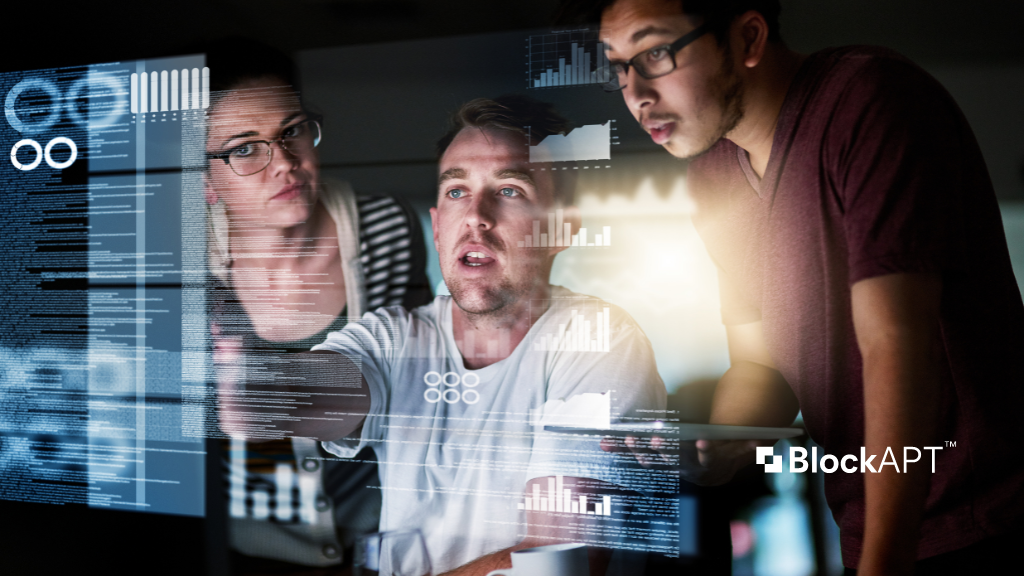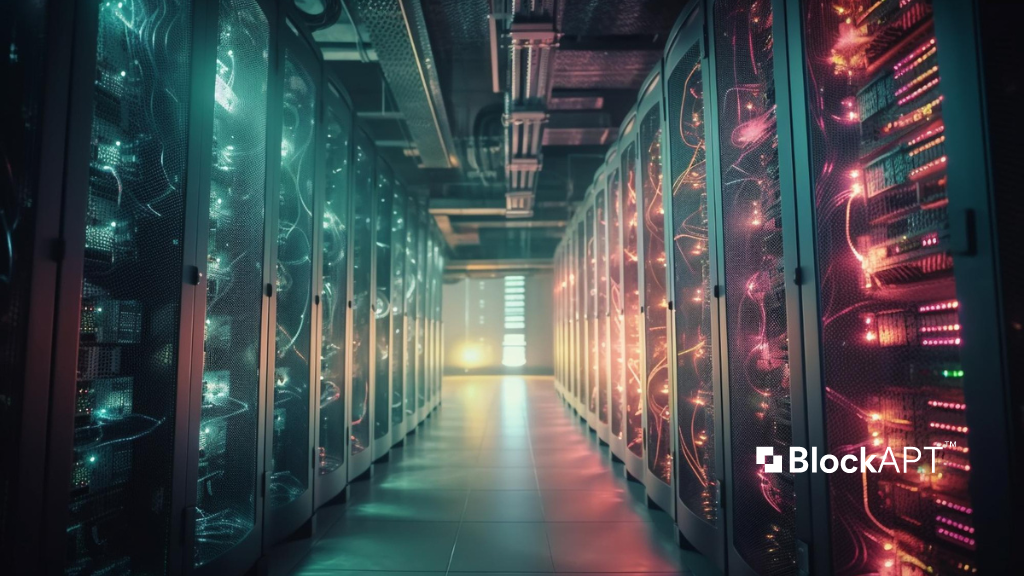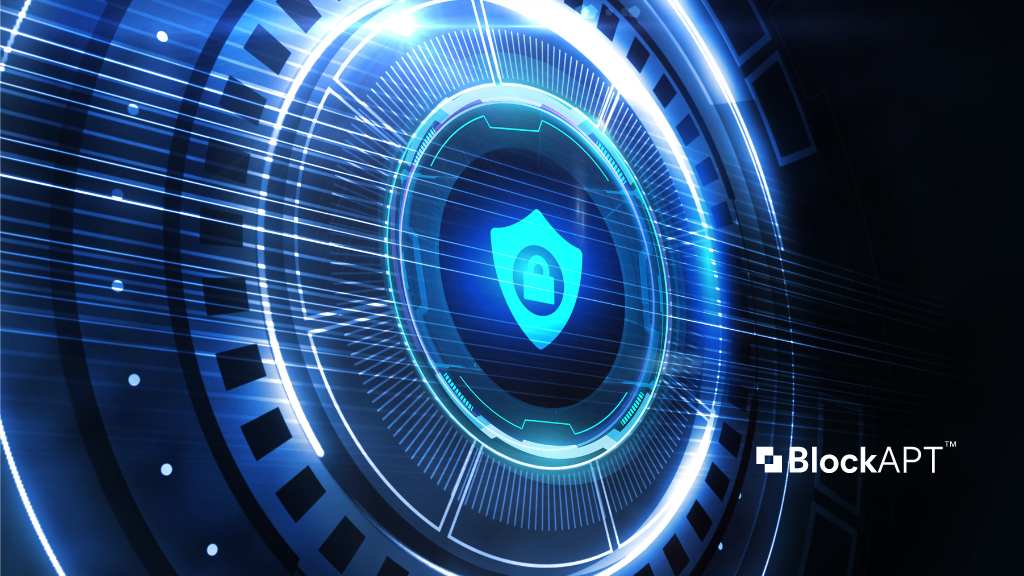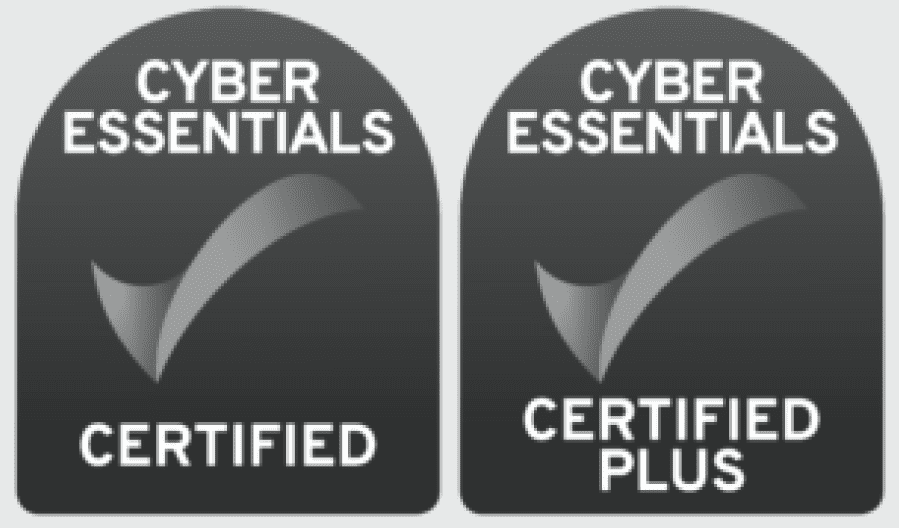In our progressively digitised society, we are witnessing a compelling trio of technological paradigms that are profoundly shaping the current era: Artificial Intelligence (AI), the Metaverse, and Blockchain technologies. While these may initially appear as ephemeral novelties or even transient trends, their potential and burgeoning significance are triggering a sea-change across our Internet landscape. They are pushing boundaries and expanding the realms of possibilities in ways that were once unimaginable. Nonetheless, as these avant-garde innovations mature and become increasingly embedded in our daily lives, they bring with them a bountiful of challenges – ones that necessitate nuanced understanding and proactive measures. Among these pressing complexities are those related to cybersecurity and system performance.
Pillars of the Digital Transformation:
1. Artificial Intelligence: Bridging the Chasm between Humans and Machines
Artificial Intelligence (AI), the audacious ambition to reproduce human-like intelligence through machines, made its embryonic beginnings around the mid-20th century. Its early iterations were ensconced in simple algorithmic computations, intended to mirror, albeit in a rudimentary fashion, certain facets of human cognition. Fast forward to the present day, AI has morphed beyond recognition, thanks to a confluence of forces such as complex mathematics, the ability to process staggering amounts of data, and rapid advances in computational horsepower. Today’s AI exhibits extraordinary abilities ranging from ingenious pattern recognition to intricate decision-making. This sophistication is largely owed to the evolution of AI into neural networks or advanced systems capable of complex computation and analysis.
Over the past decade, the tentacles of AI have reached into almost all sectors of life, prominently in healthcare and finance. In healthcare, AI systems play a pivotal role in detecting diseases at their early stages and aiding in drug discovery. As we journey further into this digital age where abundant data reigns supreme, AI steps in to support data-heavy tasks such as diagnosing patients remotely, thereby facilitating telemedicine. In the financial domain, AI assists in forecasting stock market trends with remarkable acuity and plays an invaluable part in credit scoring. Notably, AI brings to the table a highly potent combination of increased efficiency, greatly reduced error rates, and intelligent data management.
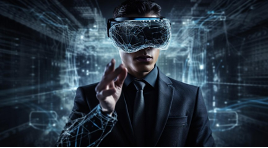
2. The Metaverse: Beyond the Virtual Veil
The concept of the Metaverse is straight out of the pages of science fiction, projecting visions of a breathtakingly vibrant digital universe that overlaps with our physical one. When broken down to its bare bones, the Metaverse introduces a unified digital-physical experience that engrosses all our senses, generated by a convergence of assorted technologies. At its foundation are Virtual Reality (VR), Augmented Reality (AR), alongside rapid strides in networking, computer graphics, and most importantly, enhanced connectivity ensuring real-time interactivity.
While path-breaking initiatives like META’s fantastically devised Metaverse are beginning to take shape, it remains a work under construction. As a consequence, despite its grand expanse of possibilities such as virtual concerts, digitally-curated business meetings in extravagant virtual conference rooms, and an educational avenue with virtually revamped campuses, it brings its shadowy challenges. Any conversation surrounding the Metaverse would be fragmentary without acknowledging the elephant in the room – privacy and data security concerns, along with establishing authenticity in digital identities and managing socio-economic disparities.
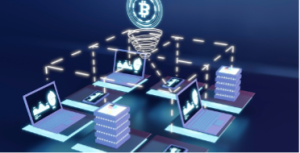
3. Blockchain: The Trust Backbone of Digital Transactions
Blockchain technology has been a game-changing addition to the contemporary digital vocabulary. Initially associated primarily with Bitcoin, blockchain has transcended its beginnings since its birth in the late 2000s, evolving into an evergreen technology used far and wide today. At its core, blockchain provides a decentralised ledger that enables recording transactions with utmost transparency and verification processes accessible to all parties involved.

4. The Cybersecurity Concerto: Encryption-free Security and Performance
Paradoxically, as we plunge deeper into the digital era, cybersecurity subsequently escalates in importance. Traditional safeguards, although offering secure blankets against penetrative threats, also tend to throttle system performance due to the substantial computational resources requisitioned for the encryption-decryption process. Cutting-edge research is thus par for the course in devising advanced mechanisms and sophisticated hardware for data protection without compromising performance.
Encryption-free cryptography poses an innovative alternative to traditional encryption techniques, offering exciting new vistas towards higher processing speeds and greater efficiency without relinquishing data security, privacy, and integrity or user confidentiality. Recent research heralds an ambitiously formulated solution set which not only promises to combat cyber threats effectively but also enriches users’ experience by enhancing performance metrics.
Gravitating Towards the Horizon: A Unified Perspective
With these three technological marvels marching apace towards maturity, the digital landscape is ripe for a revolution. Visualise a vibrant Metaverse buzzing with AI-curated avatars, interacting and conducting transactions verified through blockchain underpinned scaffoldings. Imagine this not as a scene from a glossy sci-fi blockbuster but as an imminent reality about to be navigated daily.
As we hurtle towards this future, the significance of balancing robust security protocols with performance standards becomes paramount. On one end, are ingenious metaverses demanding lightning-fast transaction speeds verifying micro-transactions spanning milli-seconds; at the other end are soaring computational demands by complex AI algorithms necessitating high-performance computational capabilities to deliver real-time results.
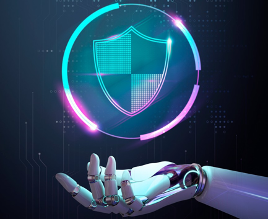
Conclusion:
As we inch ever so closely to this new dawn, it becomes unequivocally critical to understand these lofty digital constructions and their synergies for an inclusive digital future.
We need to adeptly navigate these panoramas while keeping our sight reserved for not just the glorious sunrise but also the deepening shadows it casts. Harnessing these technologies’ potential presciently and responsibly necessitates an uncompromising commitment towards fortified cybersecurity practices. Only then can we ensure a promising future illuminated by AI, the metaverse, and blockchain technologies’ brilliance, harmoniously humming a symphony of secure horizons on the power grid of a digitally transformed world.
Hence, the burgeoning marriage of AI, the Metaverse, and blockchain holds an optimistic promise of a secure, fast-paced universe that elevates user-centric experiences and convenience to unforeseen pinnacles. The tantalising vision of encryption-free systems contributing to a digital future with enhanced performances, even under greater data security and privacy configurations, is within our grasp. With this projection in sight, the importance of traversing this evolution wisely, with due heed paid to cybersecurity and efficiency measures, is a call to action we must take seriously going forward.


